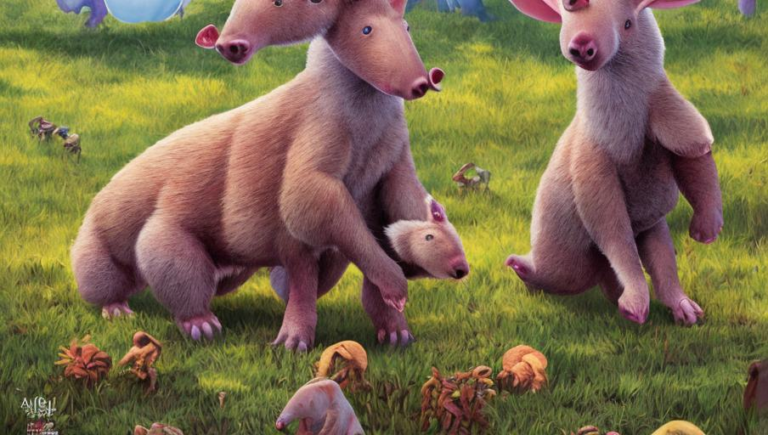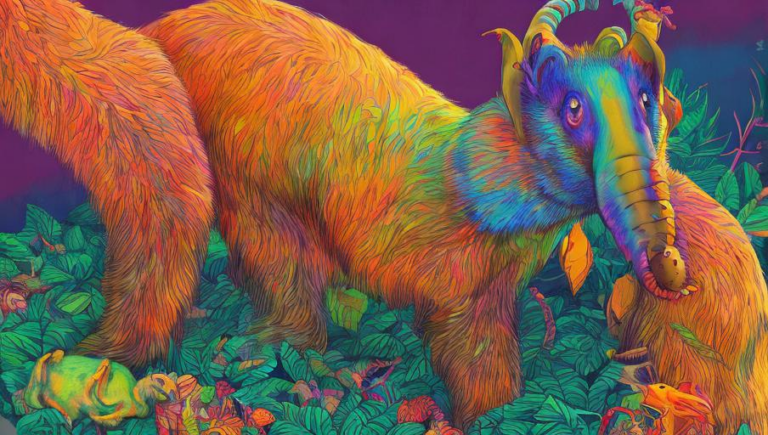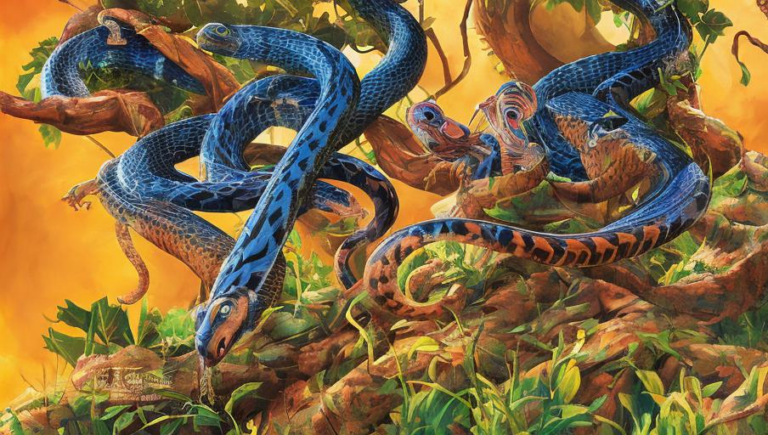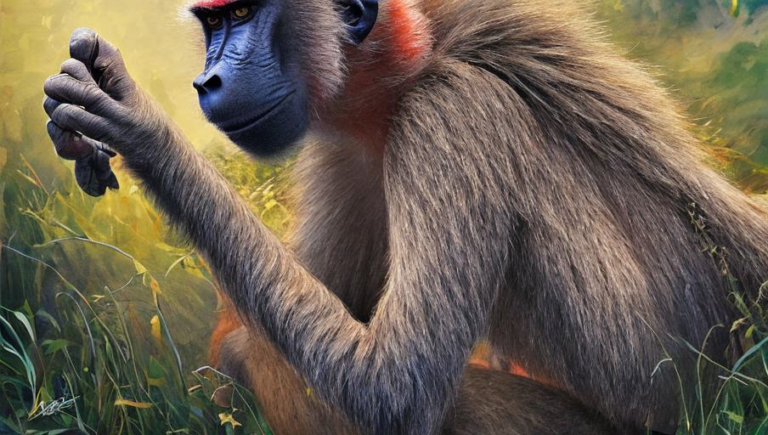A Glimpse Into the Life of the Armadillo
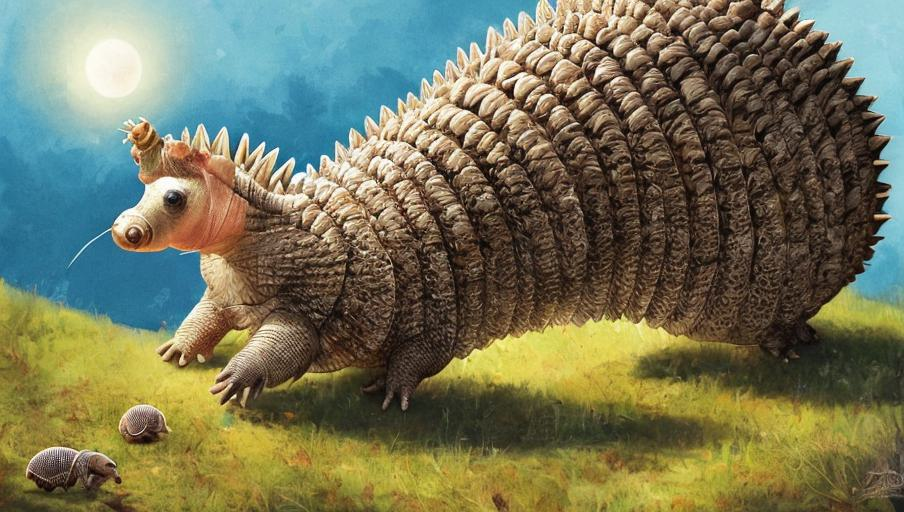
A Glimpse Into the Life of the Armadillo
The armadillo is an interesting creature, native to the Americas. It has a hard shell that covers its back and is well adapted for digging tunnels and burrows. Its ability to curl up into a ball helps protect it from predators. There are 21 species of armadillo and they can vary in size from the tiny pink fairy armadillo, which is only 6 inches long, to the giant armadillo that can grow up to 5 feet long.
Habitat
Armadillos prefer open grasslands, scrublands, and tropical forests. They can also be found in semi-arid areas, such as deserts and savannahs. Armadillos prefer to live in burrows, which they dig with their sharp claws. These burrows can be up to 25 feet long and can have several entrances and exits. They use the burrows for shelter, to protect themselves from predators, and to raise their young.
Diet
Armadillos are omnivorous, meaning they eat both plants and animals. Their diet consists of insects, larvae, earthworms, small reptiles, amphibians, fruits, nuts, and roots. They have a long sticky tongue that they use to catch their prey. They also use their sharp claws to dig up roots and tubers.
Social Behaviour
Armadillos are solitary animals, meaning they prefer to live alone. They have a very unique social structure, with males being dominant over females. Males compete with each other to establish a dominance hierarchy and females tend to stay away from the males, except during mating season. Armadillos are also nocturnal animals, meaning they are most active at night.
Threats
Armadillos face a number of threats, including habitat loss, hunting, and predation. Habitat loss is a major threat, as armadillos need large areas of open grasslands, scrublands, and forests in order to survive. Hunting is also a major threat, as armadillos are often hunted for their meat, hide, and shells. Finally, predation is a threat, as armadillos are preyed upon by a number of mammals and birds.
Conservation
The armadillo is considered a species of least concern by the International Union for Conservation of Nature (IUCN). However, some species are threatened by habitat loss, hunting, and predation. The IUCN is working with governments and local communities to protect armadillos and their habitats. Additionally, many conservation organizations, such as the World Wildlife Fund, are working to protect armadillos and other wildlife.
Conclusion
The armadillo is an intriguing creature with an interesting lifestyle. It has a hard shell that helps protect it from predators and is well adapted for digging tunnels and burrows. Its diet consists of both plants and animals, and it is a nocturnal animal that prefers to live alone. Unfortunately, armadillos face a number of threats, including habitat loss, hunting, and predation. Conservation efforts are being taken to protect armadillos and their habitats, and individuals can help by supporting conservation organizations that are working to protect wildlife.

